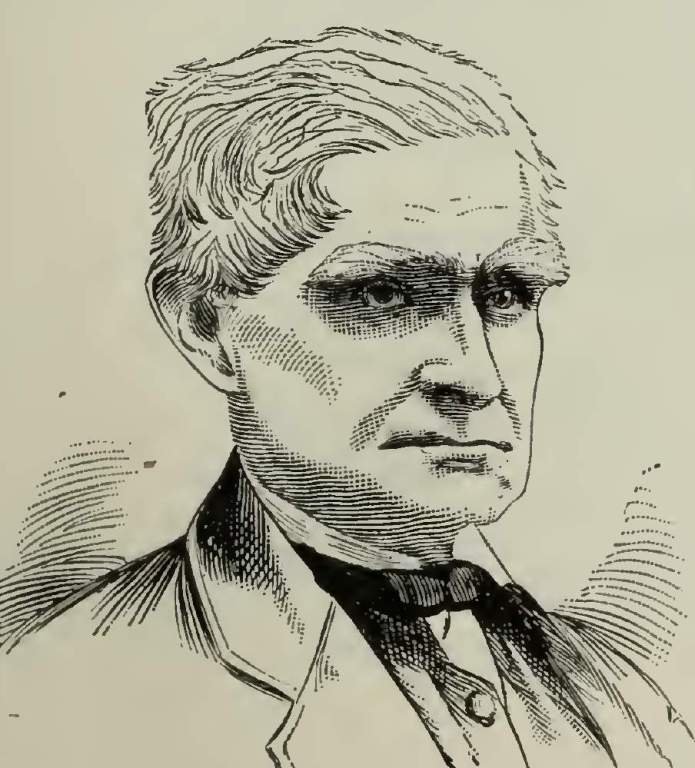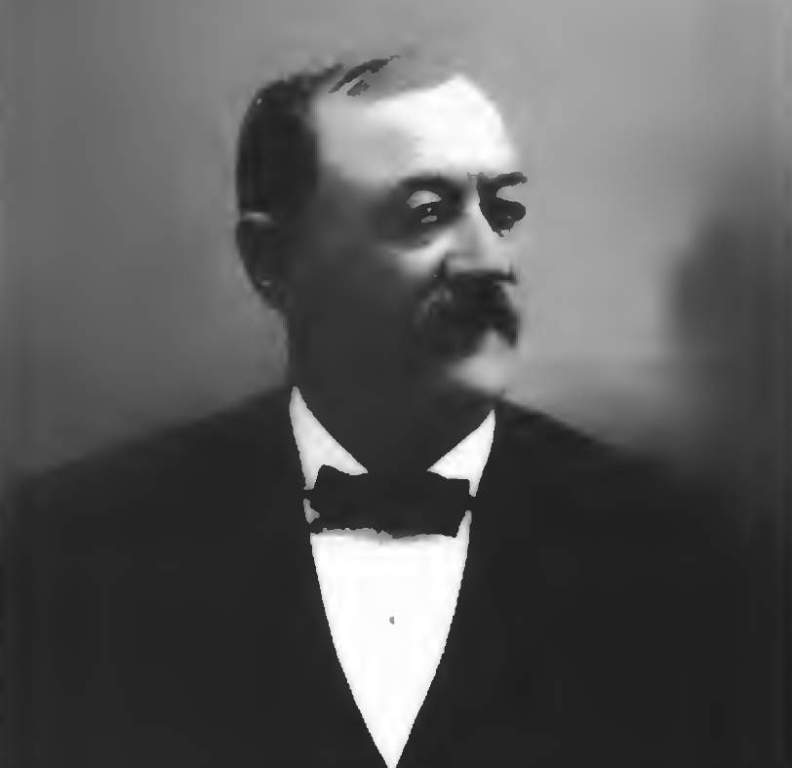Emanuel Swedenborg (1688–1772) was a Swedish philosopher, theologian, scientist, and mystic. He was born in Stockholm on January 29, 1688. He attended the University of Upsala and graduated. From 1710–15, he traveled extensively in France, Germany, Holland, and England to study natural philosophy. He returned to Upsala in 1715 to pursue a more thorough study of science and philosophy.
Emanuel Swedenborg came into favor at Sweden’s court, being ennobled in 1719 by Queen Ulrica.
As a member of the legislative body and as assessor of the board of mines, he spent the following years persuasively speaking on economic topics and visiting the mining regions of foreign countries. Until 1745, he continued his scientific work, delving into the mysteries of many natural sciences, including chemistry, physics, engineering, physiology, astronomy, paleontology, anatomy, and mathematics.
In paleontology, he was the forerunner of Scandinavian geologists. In chemistry, he carried out a number of experiments on iron, steel, copper, and brass. As a physicist, he developed a nebular theory of planets, explained the mystery of phosphorescence, and forecast modern molecular hypotheses. In physiology and anatomy, he investigated the functions and nature of the brain, the spinal column, and the ductless glands.
After 1745, Swedenborg turned completely from science to spiritual philosophy, spending the rest of his life interpreting the Bible and publishing his writings concerning the New Church.
In his work on the scriptures, he claimed to be inspired by himself. He also believed that he was the first man to be inspired by the true Christian faith.
He was the founder of the first church mentioned in Revelations as New Jerusalem. One of his best-known books is Heaven and Hell (1758), which discusses the afterlife.
Emanuel Swedenborg believed the soul, the body, and their operations were human evidence of God. Furthermore, he asserted that God was everywhere and was the sole spark of life in a dead universe. He believed in a tri-planar existence of men: the highest was the celestial or love plane; the next below was the spiritual or wisdom plane; and the lowest was the natural or obedience plane.
He saw a complete similarity between the two planes, with the lower plane receiving life from the plane above. Every single thing on one plane has a corresponding image on the plane above or below. Each plane of existence has its own heaven and hell. Unlike the religious reformers of the 15th and 16th centuries, Swedenborg did not think it necessary to preach his doctrine to the people. He did not even find out about a sect.
Emanuel Swedenborg believed that the doctrine could be accepted by people without establishing a sect and without strife.
His writings were voluminous. The best known are Arcana Coelestia, 1749–56; Opera Philosophica et Minerales, 1734; The Infinite and the Final Curse of Creation; and the Mechanism of the Operation of the Soul and the Body, 1734; Oeconomia Regni Animalis, 1741; Regnum Animale, 1744–45; Heaven and Hell; The Divine Providence; and The Divine Love and Wisdom. He died on March 27, 1772.
Read More: Canot Theodore: Italian Adventurer and Slave Trader







